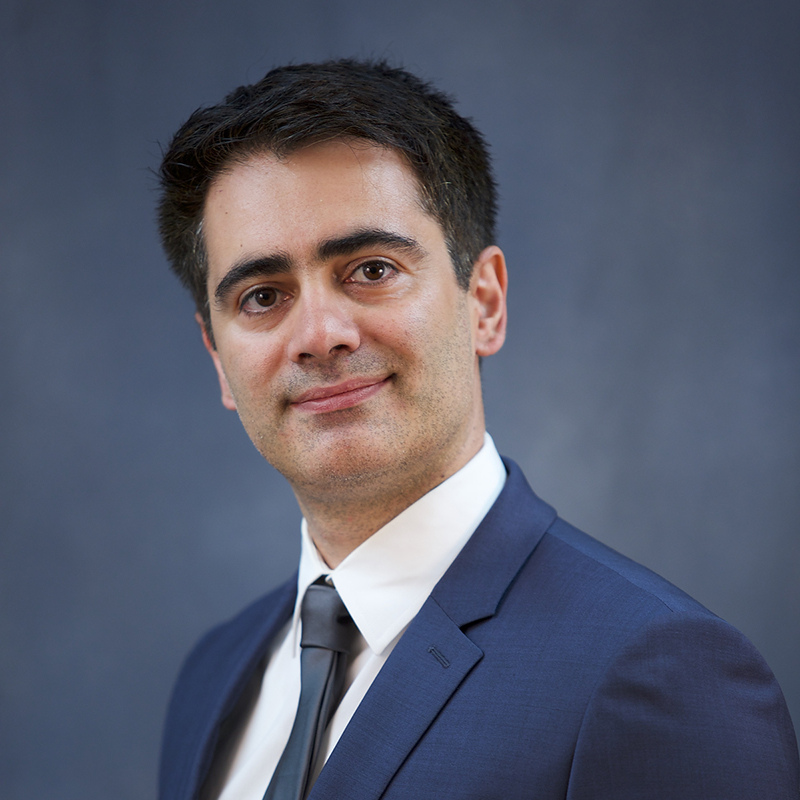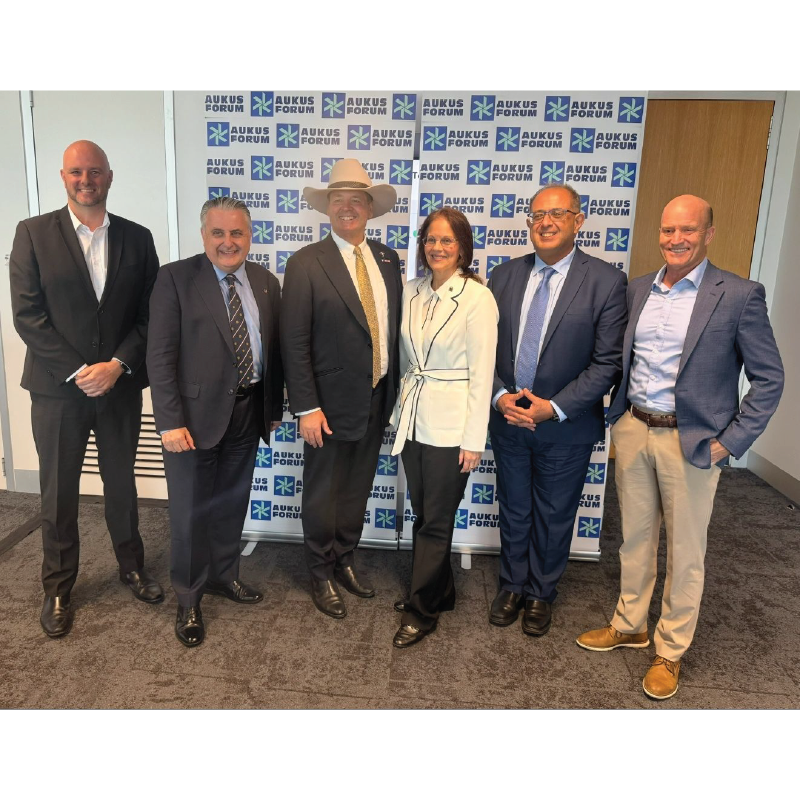News Story
Adomaitis and Rubloff win NSF ITR grant
Associate Professor Ray Adomaitis (ChE/ISR)(PI) and Professor Gary W. Rubloff (MNE/ISR) are partners in a new National Science Foundation Information Technology Research (ITR) grant, "Spatially programmable equipment: A new design paradigm for semiconductor manufacturing enabled by information technology." The $500,000, three-year project starts in September.
The purpose of this project is to develop a new paradigm for semiconductor manufacturing equipment -- flexible equipment design enabled by information technology. The concept is based on designing semiconductor processing equipment in which process conditions can be spatially programmed to (1) decouple manufacturing constraints (e.g., uniformity across large wafers) from product performance (e.g., material quality); (2) reduce experimentation time by enabling parallel, combinatorial experiments on each wafer; and (3) provide the basis for a flexible, extendable equipment technology.
Work has already begun on an experimental test bed (chemical vapor deposition in a manufacturing cluster tool) designed with a physically based simulation of the prototype system; the first films were deposited earlier this year. This project will focus on developing the IT infrastructure required to link object-oriented simulation and model reduction methodologies to web-accessible experimental data archives and physical property databases to techniques for real-time control of parallel and multiplexed sensor/actuator arrays.
The project has the potential to fundamentally change the design paradigm of a major industry -- semiconductor-manufacturing equipment -- to one that directly exploits a broad spectrum of information technology.
This research project is aimed at developing a new paradigm for semiconductor manufacturing equipment: flexible equipment design enabled by information technology. The semiconductor industry has improved the hardware engines -- chips -- which fuel the IT revolution at an astounding rate.
However, its technology roadmap now emphasizes that this pace cannot be maintained without major improvements in the manufacturing equipment whose cost and efficiency dominate the economics and progress of the industry. The current paradigm of fixed equipment design limits performance of equipment in a rapidly changing technology environment, where tradeoffs must be made between product performance and manufacturing efficiency.
The University of Maryland is pursuing a major shift in the design paradigm for semiconductor processing equipment, in which process conditions can be spatially programmed to (1) decouple manufacturing constraints (e.g., uniformity across large wafers) from product performance (e.g., material quality), (2) reduce experimentation time by enabling parallel, combinatorial experiments on each wafer, and (3) provide the basis for a flexible, extendible equipment technology. The investigators have begun research in this direction through an NSF seed grant, establishing an experimental testbed (chemical vapor deposition in a manufacturing cluster tool) using a physically based simulation of the prototype system. The first films were deposited in late spring of 2002. Current research includes developing the IT infrastructure required to link object-oriented simulation and model reduction methodologies to web-accessible experimental data archives and physical property databases to techniques for real-time control of parallel and multiplexed sensor/actuator arrays.
To achieve its full potential as a next generation semiconductor manufacturing process with true programmability, recent advances in large-scale simulation, distributed parameter system model reduction and control, and spatially-resolved sensing technologies, together with management of the large volume and heterogeneous forms of experimental data produced by this system, must be incorporated into the every-day operation of the reactor system. Making the connection between these advanced numerical and database methods and the highly instrumented CVD system is a key component of our research.
There are a number of success stories describing scientific markup languages (XML-based) for archiving and making use of massive quantities of scientific data (e.g., astronomical image databases). Extension of these concepts to the semiconductor field is critical to our information technology approach to developing the programmable reactor concept. From the experimental side, this research will provide an assessment of a new design paradigm for manufacturing equipment, enabled by information technology, exploiting sensor/actuator systems as interface to the physical world, and integrating hardware and software/modeling throughout the equipment development cycle.
This project presents exciting opportunities for integrating research and education, both in the natural way educational simulation modules can be extracted from our IT framework and in the way students are exposed to cutting-edge technology challenges. Furthermore, it is an excellent pedagogical centerpiece for interdisciplinary teaming: between engineers and computer scientists; between experimentalists and modelers; and between materials engineering and systems engineering.
The University of Maryland has already begun to exploit this potential in a significant way, using spatially programmable equipment design as the project focus in a materials/systems project course at the graduate level, and developing the fundamentals which motivate this research as part of simulation-based learning software for technicians and engineers in industry.
Published August 3, 2002









